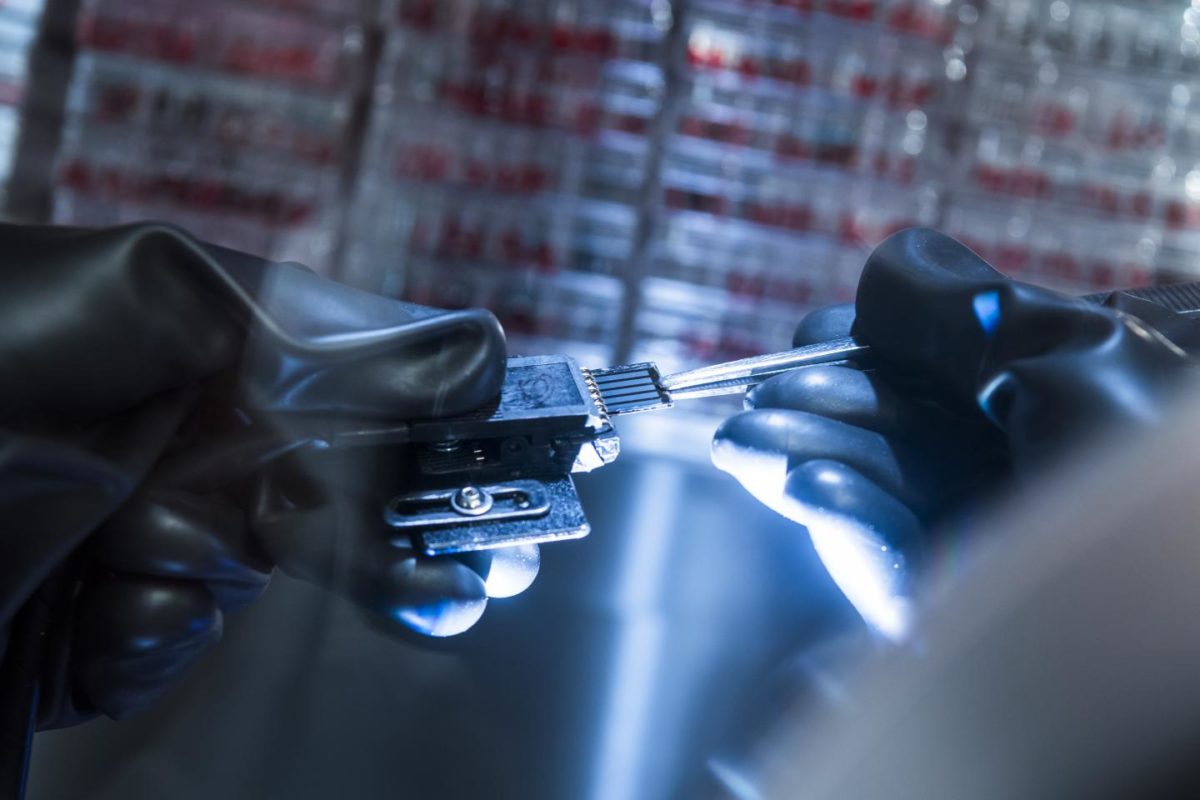Scientists from the City University of Hong Kong have developed a perovskite solar cell based on a 2D conjugated metal-organic framework which functions as an electron-extraction layer at the interface between perovskite and cathode.
The researchers claim their device is the first perovskite cell to offer good long-term stability and high power conversion efficiency at the same time and they state it also offers reduced lead leakage.
The City University group said metal-organic framework (MOF) materials have been used previously in perovskite research, but with the focus on using them to passivate defects in the perovskites themselves.
The Hong Kong group replaced three-dimensional metal-organic frameworks – which are susceptible to low charge-carrier mobility – with a two-dimensional structure equipped with thiol groups as a key functionality. Those groups consist of a sulfur atom with two lone pairs, bonded to hydrogen, with such structures used as interfacial modifiers to enhance the performance and stability of perovskite solar cells.
Commenting on the thiol groups, the City University team said: “They possess suitable energy levels, enabling them to be an electron-extraction layer where electrons are finally collected by the electrode of the perovskite solar cells. Our molecular-engineered MOFs possess the property of a multi-functional semiconductor and can be used to enhance the charge extraction efficiency.”
Popular content
The City University solar cell showed efficiency of 22.02%, a fill factor of 81.28% and open-circuit voltage of 1.2 V. “Both the conversion efficiency and the open-circuit voltage recorded are among the highest values reported for the planar-inverted perovskite solar cells,” said the academics.
The device is also said to retain more than 90% of its initial efficiency under accelerated testing conditions at maximum power point tracking for 1,000h at 85 degrees Celsius.
The scientists said their cell also suffered less lead leakage than other perovskite devices. “Our experiments showed that the MOF used as the outer layer of the PVSC [perovskite solar cell] device captured over 80% of the leaked lead ions from the degraded perovskite and formed water-insoluble complexes which would not contaminate the soil,” said research co-author Alex Jen Kwan-yue.
This content is protected by copyright and may not be reused. If you want to cooperate with us and would like to reuse some of our content, please contact: editors@pv-magazine.com.



1 comment
By submitting this form you agree to pv magazine using your data for the purposes of publishing your comment.
Your personal data will only be disclosed or otherwise transmitted to third parties for the purposes of spam filtering or if this is necessary for technical maintenance of the website. Any other transfer to third parties will not take place unless this is justified on the basis of applicable data protection regulations or if pv magazine is legally obliged to do so.
You may revoke this consent at any time with effect for the future, in which case your personal data will be deleted immediately. Otherwise, your data will be deleted if pv magazine has processed your request or the purpose of data storage is fulfilled.
Further information on data privacy can be found in our Data Protection Policy.